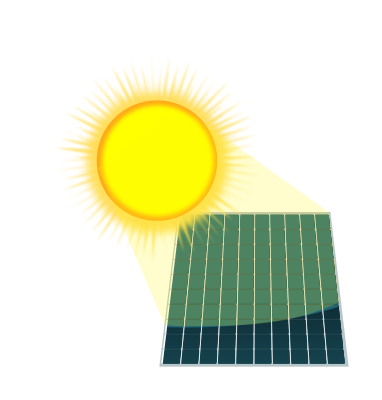According to data from the Energy Information Administration (EIA), more than 20 gigawatts (GW) of battery capacity have been added to the US electric grid in the last four years. This rapid expansion is equivalent to the production of 20 nuclear reactors and is crucial for averting power disruptions, especially in states that rely significantly on intermittent renewable energy sources such as wind and solar.



Can we please not post such dumb articles? Like any article mentioning battery capacity in watts
Sorry! I have dyscalculia, so I’ll admit I didn’t try to analyze the numbers at all. I can delete the post
Ignore them they’re being mildly pedantic
How can an article reliable convey information when the core measurement unit used in article is invalid? Not taking about slightly wrong numbers, but the foundation of the article.
Storage does have 2 relevant metrics. how fast it can charge/discharge in GW, and the amount of energy available in gwh. Batteries typically have both these amounts equal. While other storage technologies usually can discharge a large amount of gwh at a slow rate. The discharge rate is often limited to the line capacity available as well.
They’re equal if they’re running at a 1c discharge rate. Lfp, which are stable and good for safety, can have higher discharge rates of 5c up to 25c. Which would mean the capacity would be much less. To compare apples to apples, it’d be much better if they gave both the GW and GWh numbers.
Yep, the two numbers picture the actual status. What good is having a GW power if it lasts for a second, sort of speak.
No they’re equal if the battery is designed to provide 1 hr of coverage.
A 1 GWh batter will last 1 hour if its discharge rate is 1 GW.
It’s the timeframe of 1 hour that makes these two measures numerically equal.
That’s what 1c means. If it were designed to provide 25GW but only lasted 1hr, then it’d be 25c.
Thats what was said, for some applications 1c is good, for others 0,5 or even 0,25 is better. It depends on your usecase. Frequency regulation is often 1c, while if you are primarily concerned about depth, you could choose another configuration. It is also partly dependent on chemistry.
As an example: a 100kWh can be at either 1c discharge rate, or 0,5c. 50 kW(0,5c) is usually cheaper because there is less need for hardware (and I believe less risk of thermal runaway)
No worries, no need to remove it, it’s just articles that don’t make sense.
Batteries’ output is measured in watts.
Welcome to the rabbit hole of energy storage.
Turns out nobody cares about the capacity but about the discharge rate. Which is why you’ll often hear about how many Gigawatts a certain energy storage project has, and nothing about GWh.
If you think about it for a bit, it does make sense. A lot of solutions would take days to fully discharge, so you might think “oh we have an entire city’s energy consumption for a week in some storage”, but in reality you could maybe power one neighborhood with that cuz of the discharge rate.
So, capacity refers to the “output capacity”.
Energy capacity is in kWh, discharge capacity would be in W.